The Complete Guide To Cottage Garden Landscaping
If you’ve ever watched The Hobbit, cottage gardens are exactly like that. With an abundance of bright, lively colors, cottage gardens make you feel like you’re living in the countryside, perhaps in a cottage.
Cottage gardens bring a countryside vintage feel to your home and have a merry, simple charm to them.
So if you want to transport your guests (and yourself) from the city to the peaceful, rural backcountry when they walk into your garden, keep reading to find out how!
1. Choosing The Colors
While you’re going to have a wide variety of colors, that still doesn’t mean you can just throw in random colors and hope they go well together.
For most cottage gardens, you’re going to be going with the bright shades of white, yellow, red, blue, purple, and pink.
The more colors you have, the more lively and abundant your garden will look. But note that you don’t have to use all of them. Even using just a few is enough to get you the look you want, as long as the colors are bright and vibrant.
2. Choosing The Plants

Cottage gardens don’t just have a range of different colors, but also plants that bloom at different times and of different heights. This is so that you’ll have a luscious garden with flowers throughout the year, and so that you can layer the plants such that the ones at the back can be seen just as well as the ones in the front.
Try to incorporate a wide range of annuals, perennials, shrubs, and climbers for variety.
Popular plants for cottage gardens include:
- Roses
- Lavender
- Hollyhocks
- Peonies
- Foxgloves
- Herbs
- Vegetables
Having herbs and vegetables only further serves to add your garden’s variety, and of course, make your landscape more like a countryside homeowner’s who would actually grow these crops.
Now for year-round visual appeal, here are recommendations for plants that bloom in each season aside from the ones already mentioned:
- Spring: Tulips, daffodils, and other types of bulbs
- Summer: Perennials and annuals are at the peak of their beauty here.
- Fall: Late-blooming perennials, asters, and ornamental grasses.
- Winter: Evergreens, herbs that can withstand the winter, and seed heads.
3. Design Principles
When creating your cottage garden, the arrangement of the flowers is much looser than normal, but there are a few rules to follow for the garden and the rest of your landscape to really bring out the cottage garden vibe.
Cut Back On The Hardscapes
With cottage gardens, you want your space to be as full of life and vibrance as possible, which means lots of plants. Hardscapes are still a must, but you’ll want to use much less than usual. About 70-80% should be plants and only 20-30% hardscapes.
You’ll also want to keep the hardscapes simple. Think paths, trellises, and small water elements. After all, a countryside garden can’t very well have an intricate statue or grand waterfall, right?
Keep Your Plants Compact
Again, for a cheerful, lively garden, you need to keep your plants density rather dense, so that there are no gaps that can make your garden feel empty or like something was supposed to be in that gap.
This simulates the wild, unrestricted growth of flowers, making your garden look close to the nature you see in rural areas.
Loose, Non-Geometric Layout
Imagine if you had a lush, dense garden packed with an abundance of colors. But everything was arranged neatly in straight lines. That immediately feels more like an urban, contemporary garden rather than a cottage garden.
So make sure when you’re planning to specifically avoid neat shapes or even any sort of shape and pattern at all. Even if you try to have looser patterns like curves or circles, that will still feel less natural.
In short, randomly flowing paths that have no clear structure work best for cottage gardens, as they give off the impression that you’re almost walking in the wild.
Old-Fashioned Elements

While not strictly a necessity, the use of quaint elements can take your cottage garden to the next level.
While your garden and paths should be your main focus, quaint elements like picket fences can very effectively invoke feelings of the countryside and will complement your garden well.
These elements include:
- Arches: Arches draped with climbing flowers are the perfect entryway to your cottage garden. Unlike regular gardens that employ normal gates, arches set the tone right from the start by making the entryway gate full of vibrant, bold flowers, almost like a portal into another world.
- Picket fences: Picket fences convey the nostalgic rural feel.
- Arbors: The wooden, simple design of arbors fits right in with the countryside look.
- Rustic seats and tables: Rustic seats and tables have quite a farmhouse vibe, as if they were crafted by hand by a rural farmer. Alternatively, weathered chairs and wooden benches will fit nicely too.
- Birdbaths: Stone birdbaths can really add to the look of your cottage garden. If you recall, in Lord Of The Rings, Lady Galadriel had something similar in which you could see visions.
You’ll notice that most of these elements are made of wood, and for good reason. Anything made of modern materials like metal or concrete just doesn’t look right in cottage landscapes.
Conversely, most wood elements with classic designs will look right at home in your cottage garden due to their natural, simple style.
4. Cottage Garden Maintenance
Cottage gardens require less regular maintenance for sure. You don’t have to trim or prune regularly to keep them neat and weeding is required less often due to the dense planting arrangement helping to suppress weeds.
However, due to the very compactness of the plants, without timely pruning, they can quickly overgrow and look too cluttered and dense.
Don’t fall into the trap of relaxing too much. Make sure to perform the usual maintenance tasks, i.e. deadheading, weeding, mulching, and so on.
5. Different Cottage Garden Styles
By now, you should have a rough idea of how to create your own cottage garden. If you still need more clarity or don’t know which direction to take though, here are various directions you can take your cottage garden in.
Small-Space Cottage Garden
If you have a smaller space and want to maximize it, you’ll want to make use of space-saving structures like vertical gardens.
The same principles still apply. Pack your plants densely together, minimal hardscapes, and make use of quaint elements like arches where possible.
Climbers will be particularly good choices, as it’s easier to densely populate vertical gardens with climbers since all you need is something for the climbing plants to wrap around.
If instead, you wanted to densely populate your garden with normal plants, you would need a living wall of some sort, which can take a lot of work and planning to set up.
Herb Garden
As you can probably guess, this style is a more practical one, focusing on having mainly herbs that can be used. This doesn’t mean you’re sacrificing aesthetics though, far from it.
Many herbs have flowers too, which means they not only beautify your space like normal flowering plants do, but are good for practical use.
Some great herbs to grow are thyme, rosemary, and oregano. All are common cooking herbs, and all have flowers.
White Cottage Garden
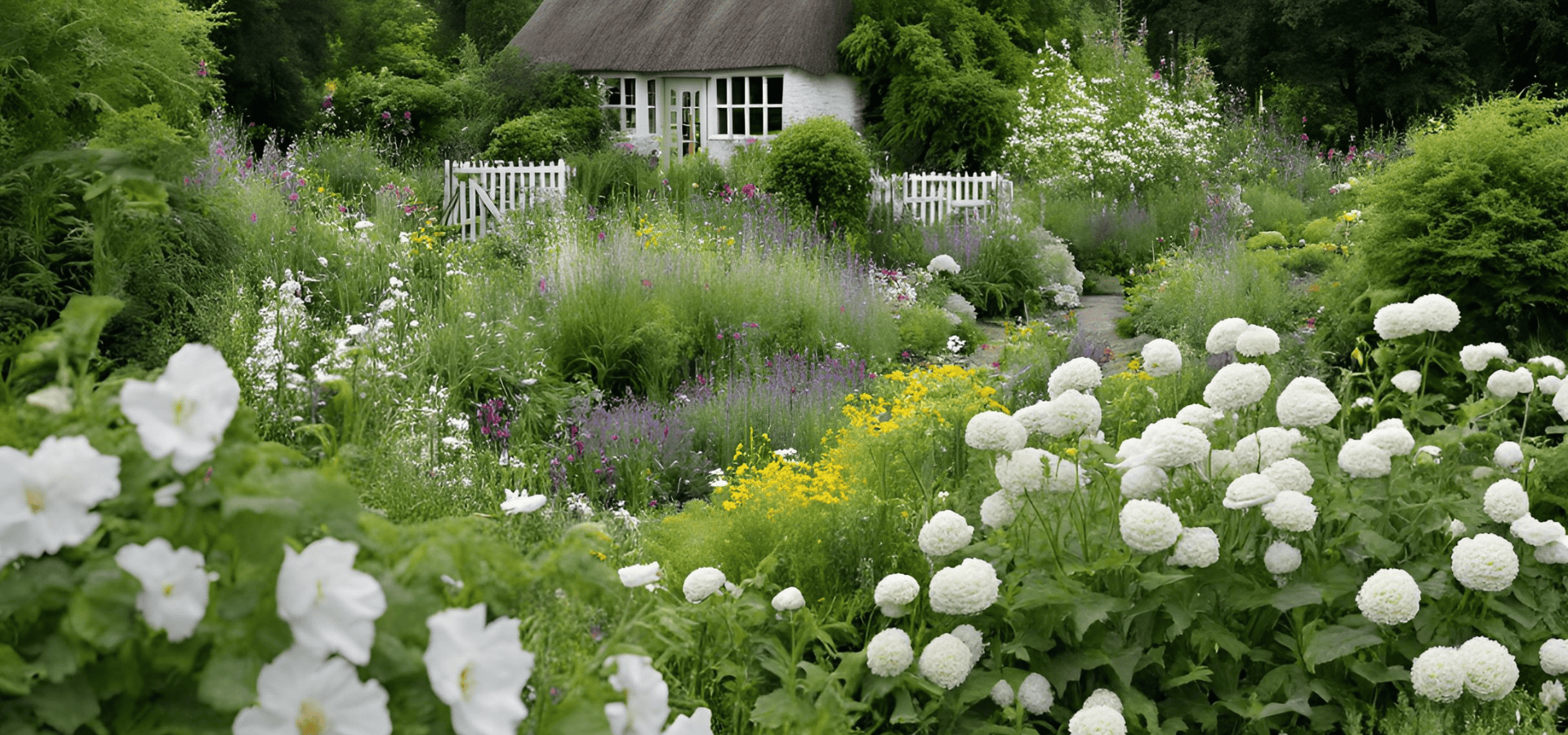
White cottage gardens are, as the name suggests, cottage gardens with either the majority or all of the flowers being white.
White cottage gardens still retain the bright, cheery, nostalgic mood, but it’s more subdued and more on the nostalgic and romantic side, more like a gentle, time-worn happy love story than a young couple’s bright cheery home.
For white cottage gardens, you want various sorts of white flowers like white foxgloves, white roses, and so on. For the leaves, you’ll want plants with leaves that have a light, silvery, and even slightly white shade to complement the white flowers. Such plants include dusty miller and artemisia.
Woodland Cottage Garden
Woodland cottage gardens are meant to look like they’re in the woods.
To achieve this, you’re going to need more trees, and they need to of a good size. You should also be using fewer flowers, because as you would expect from part of a forest, there are flowers, but minimal, and instead there should be alots of shrubs and greenery.
The flowers should be less bold and bright too.
The most important part is still the trees though. They shoudln’t be just a single or a couple of big trees. They need to be present throughout the garden, just as how trees are everywhere in a forest, while flowers and even shrubs are lesser seen.
Paths are perfectly fine, because even forests have manmade routes, so paths merely make your cottage garden feel more accessible and inviting. But other than that, it’s best to keep other hardscapes to a minimum.
Final Tips
Cottage gardens are a real breath of fresh air in the modern world where everything is sleek, neat, and polished. However, they aren’t for everyone. The biggest con with cottage gardens is perhaps that they’re simply not that functional.
You can’t have a outdoor kitchen, you can’t have a neat lawn for kids to play on, and you can’t have a
patio. I mean, sure you can, but it’ll be a real challenge to incorporate them without ruining your aesthetic.
Still, some people just have a soft spot for the nostalgic, countryside look. If you’re okay with the lesser functionality or don’t need that extra functionality, a cottage garden might be just the garden you’re looking for.
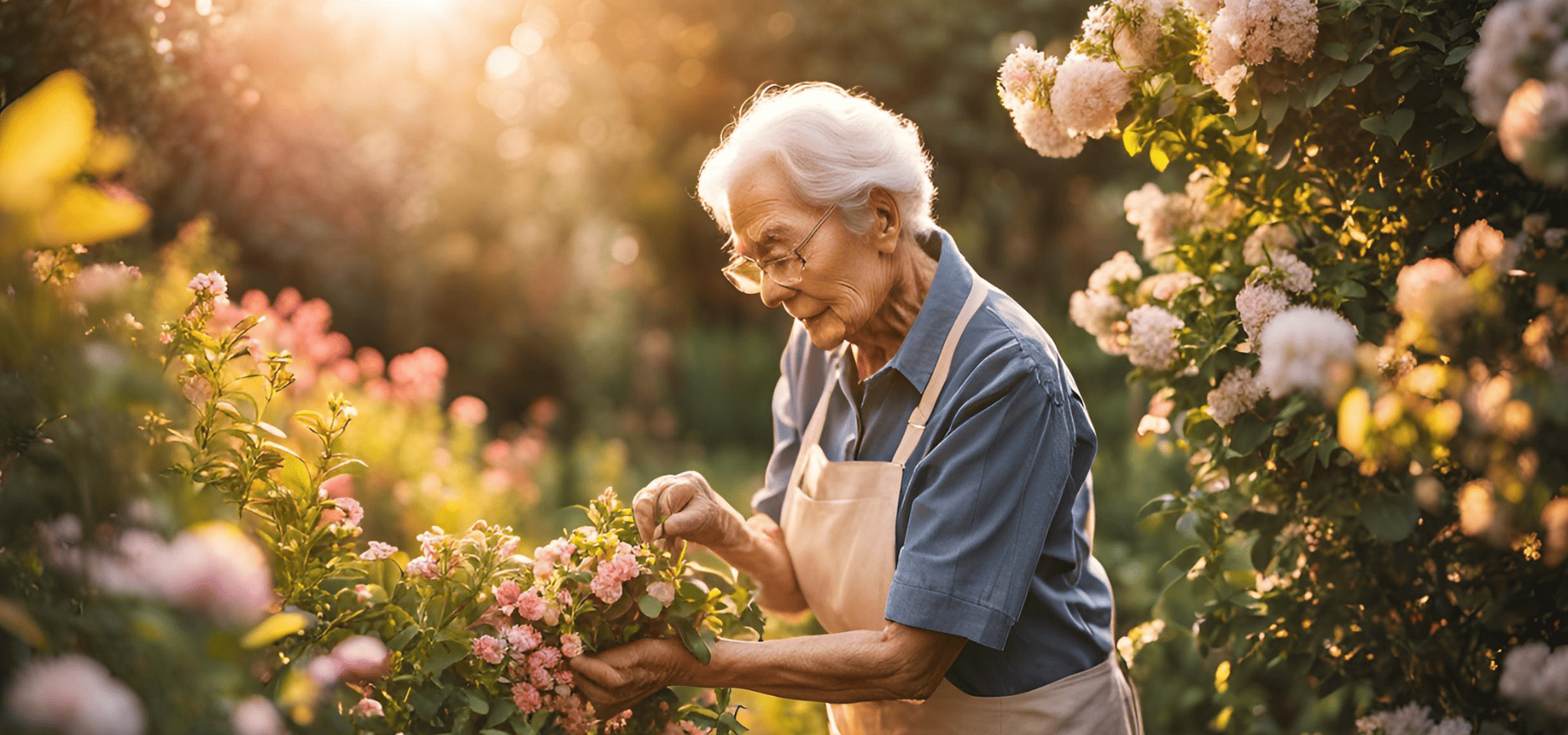
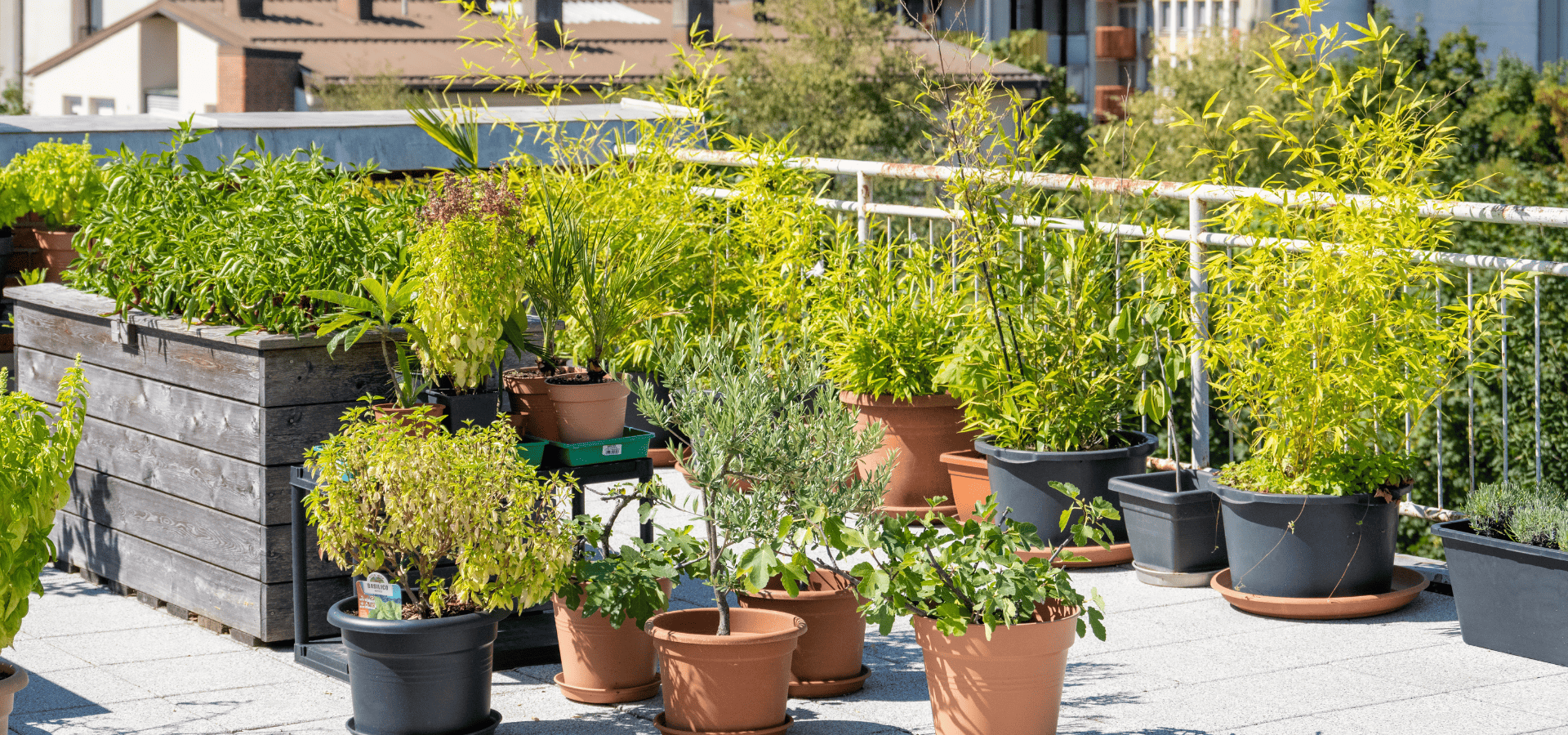
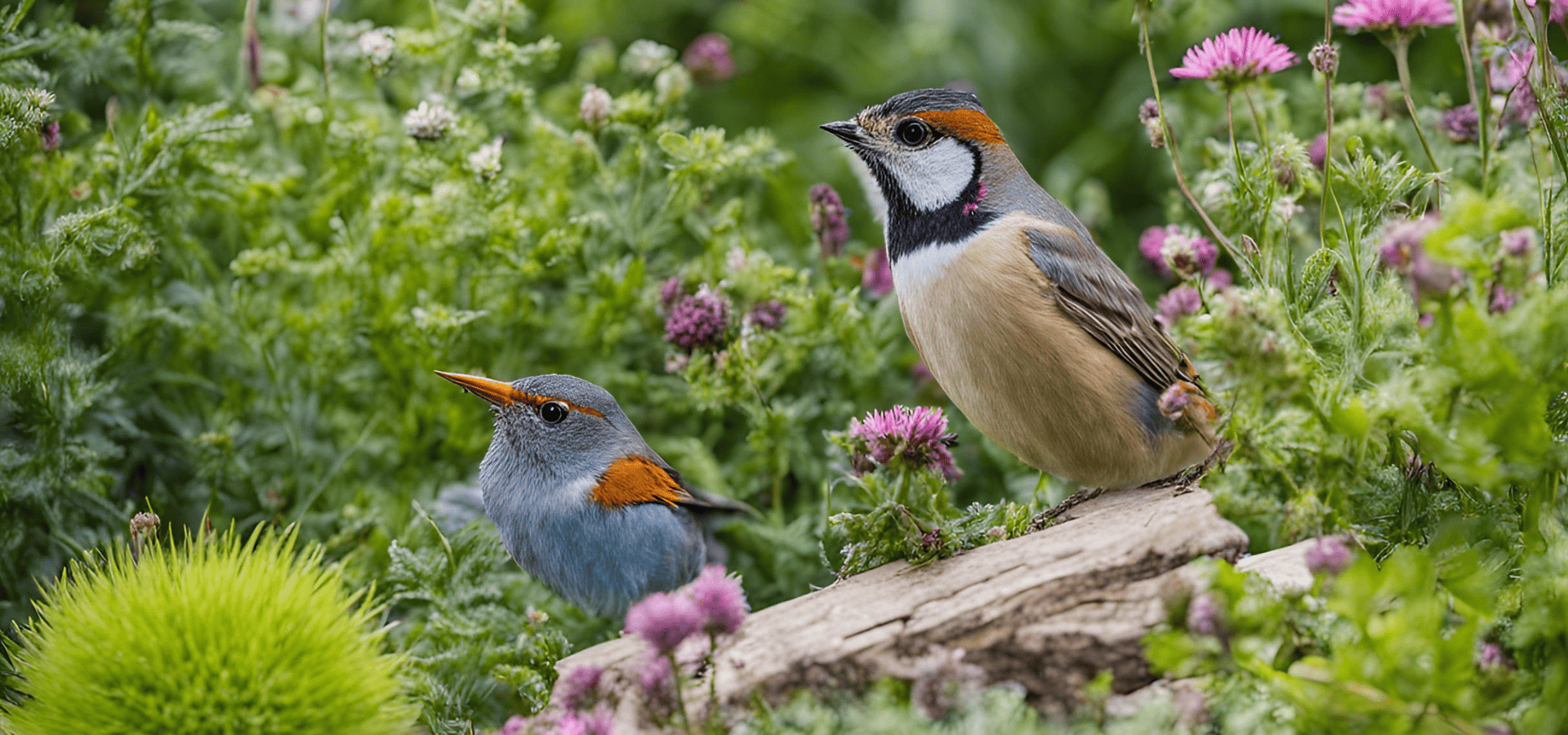
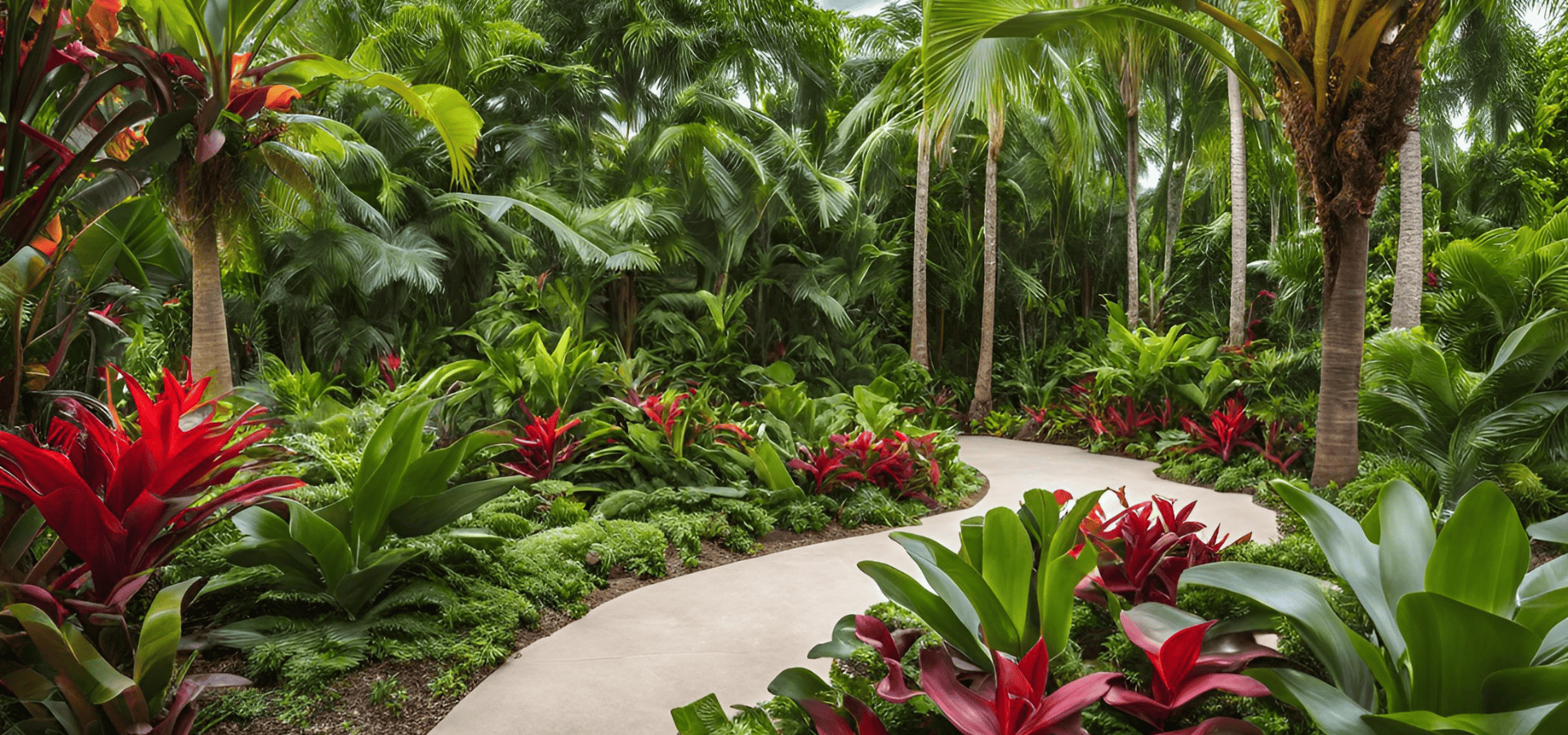
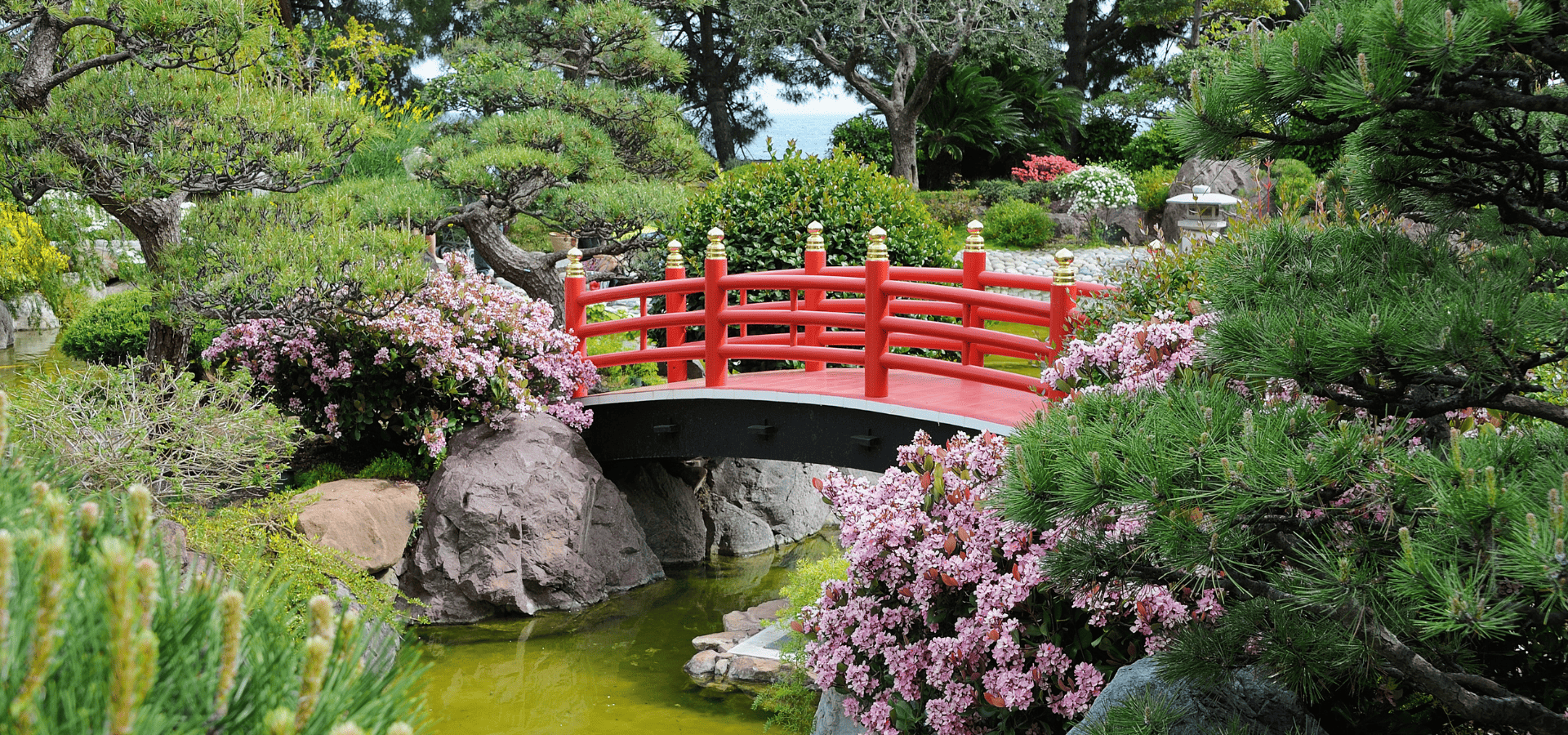
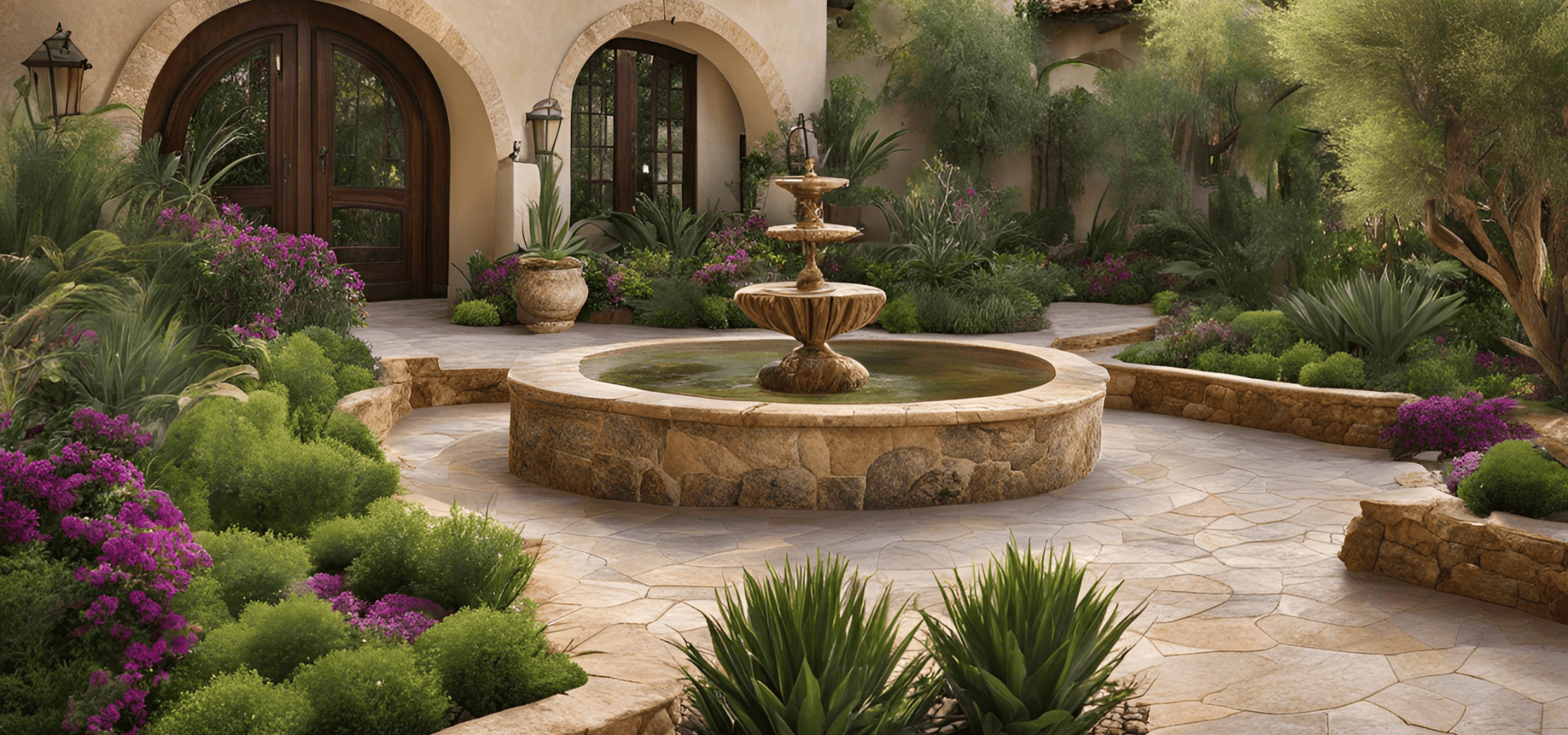
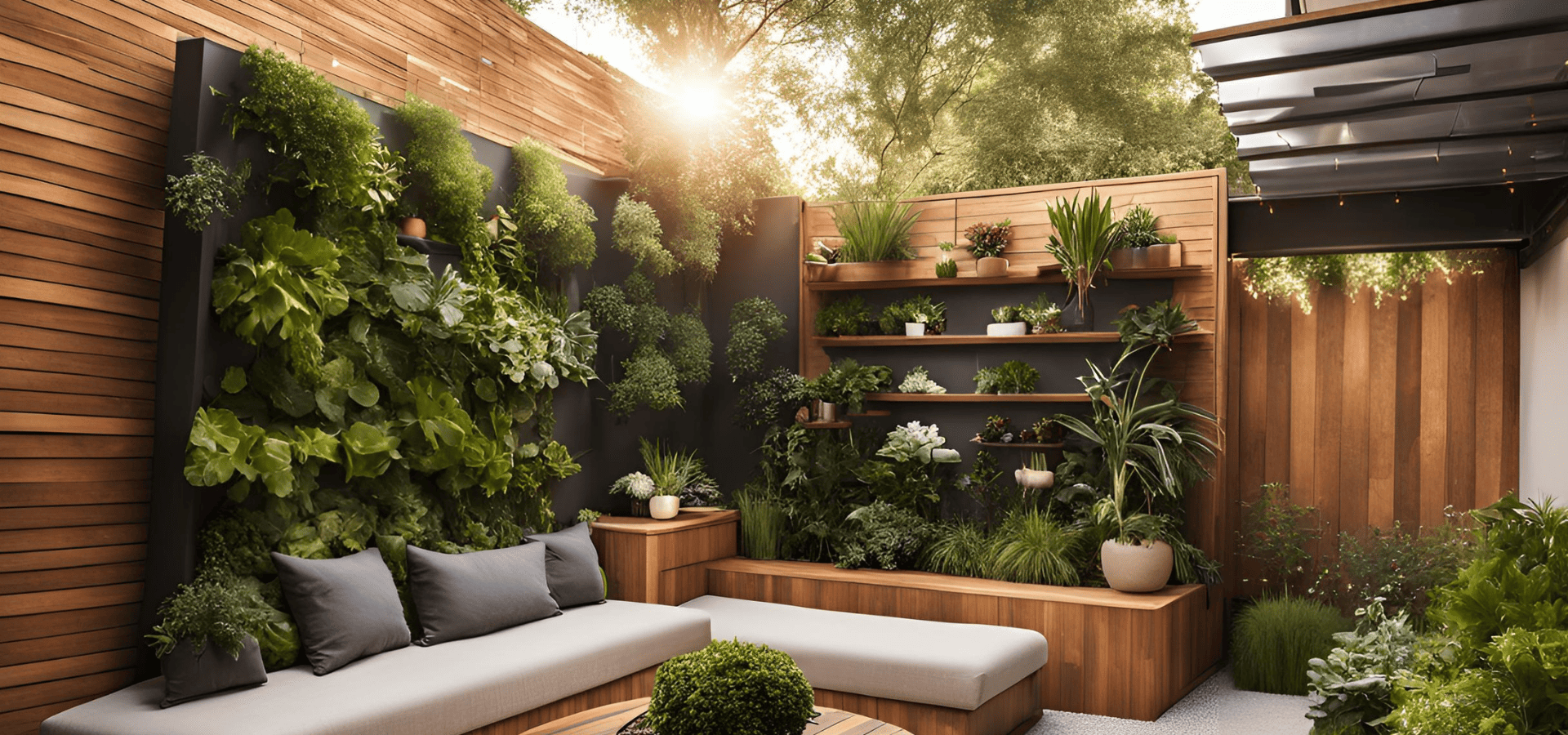
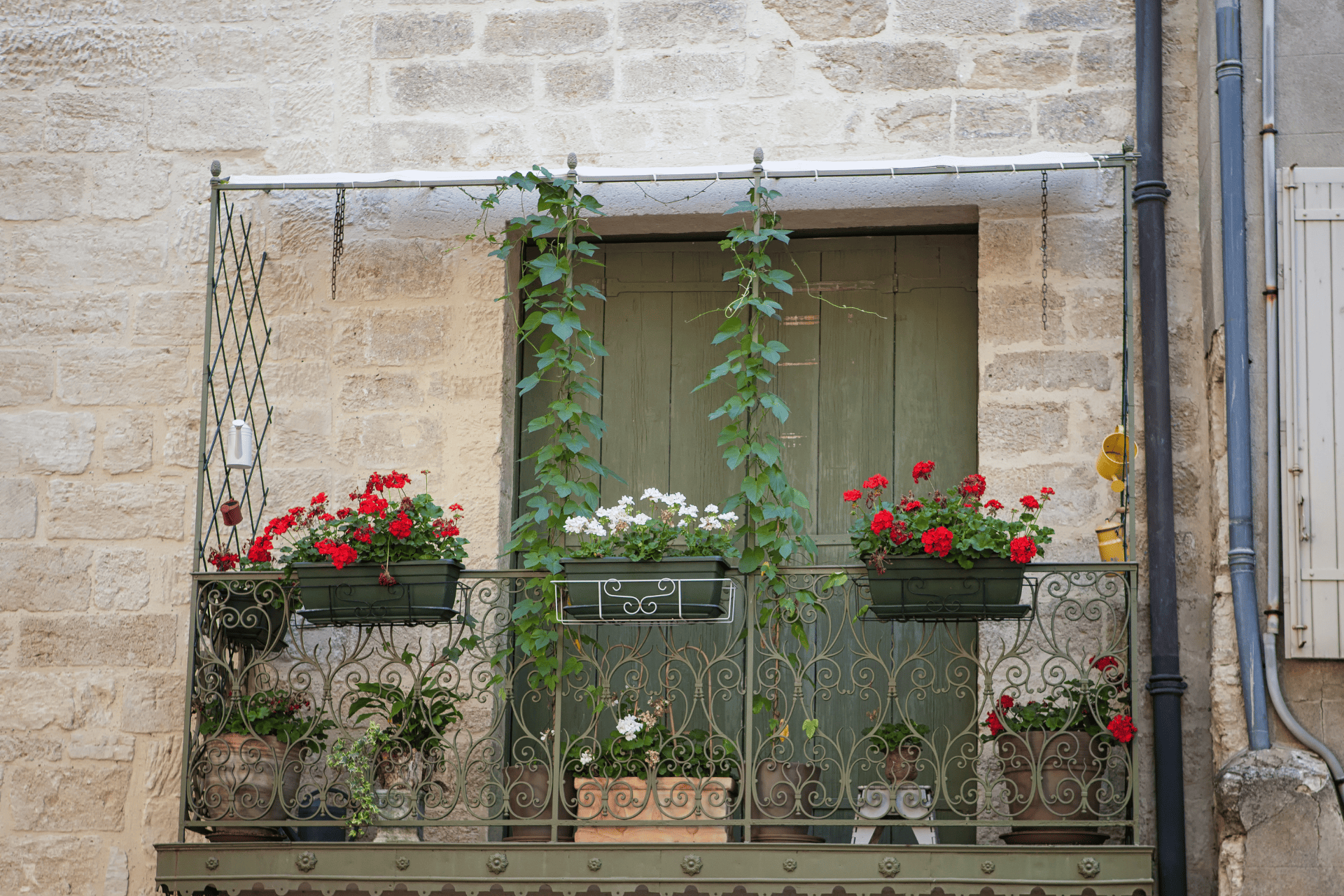
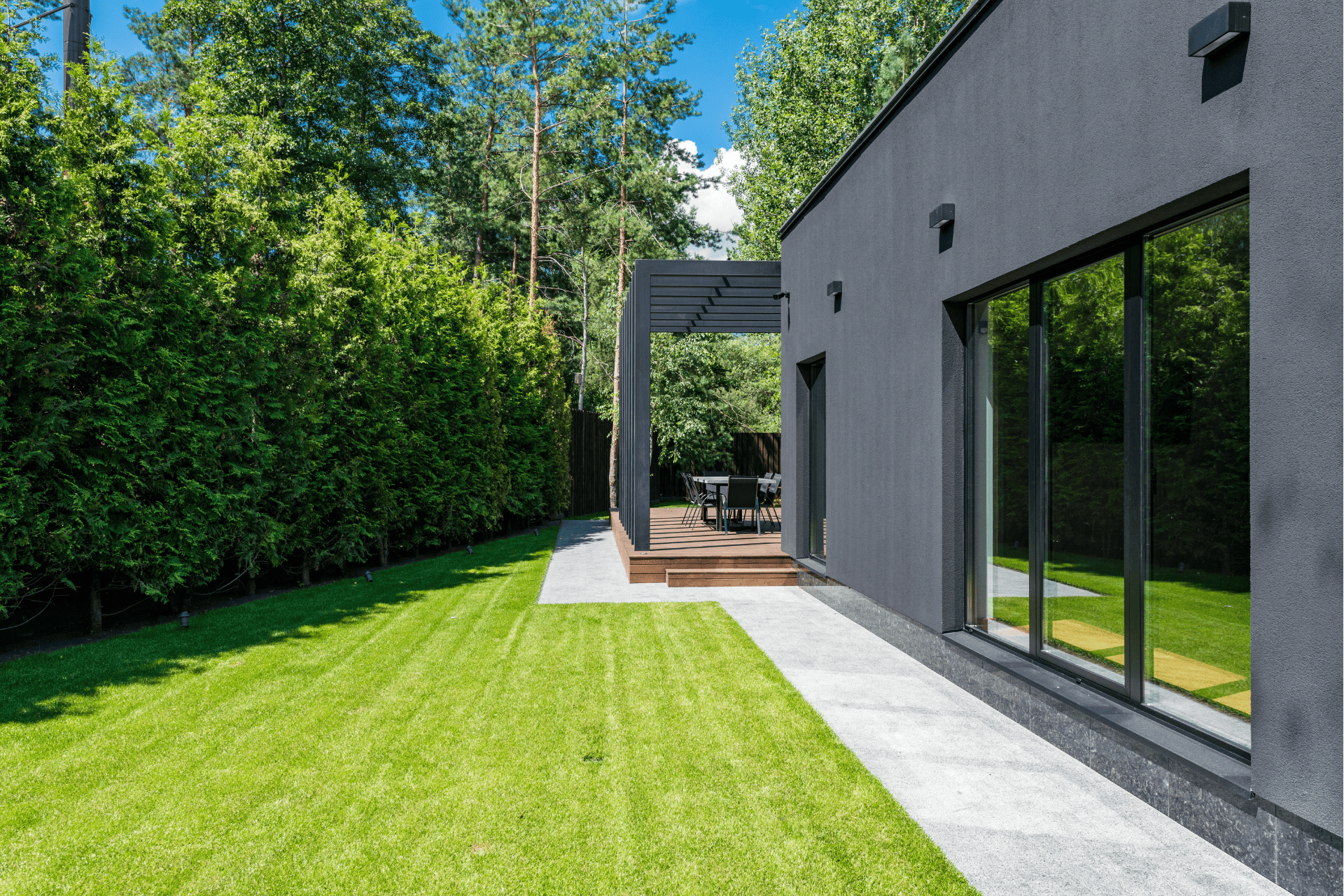
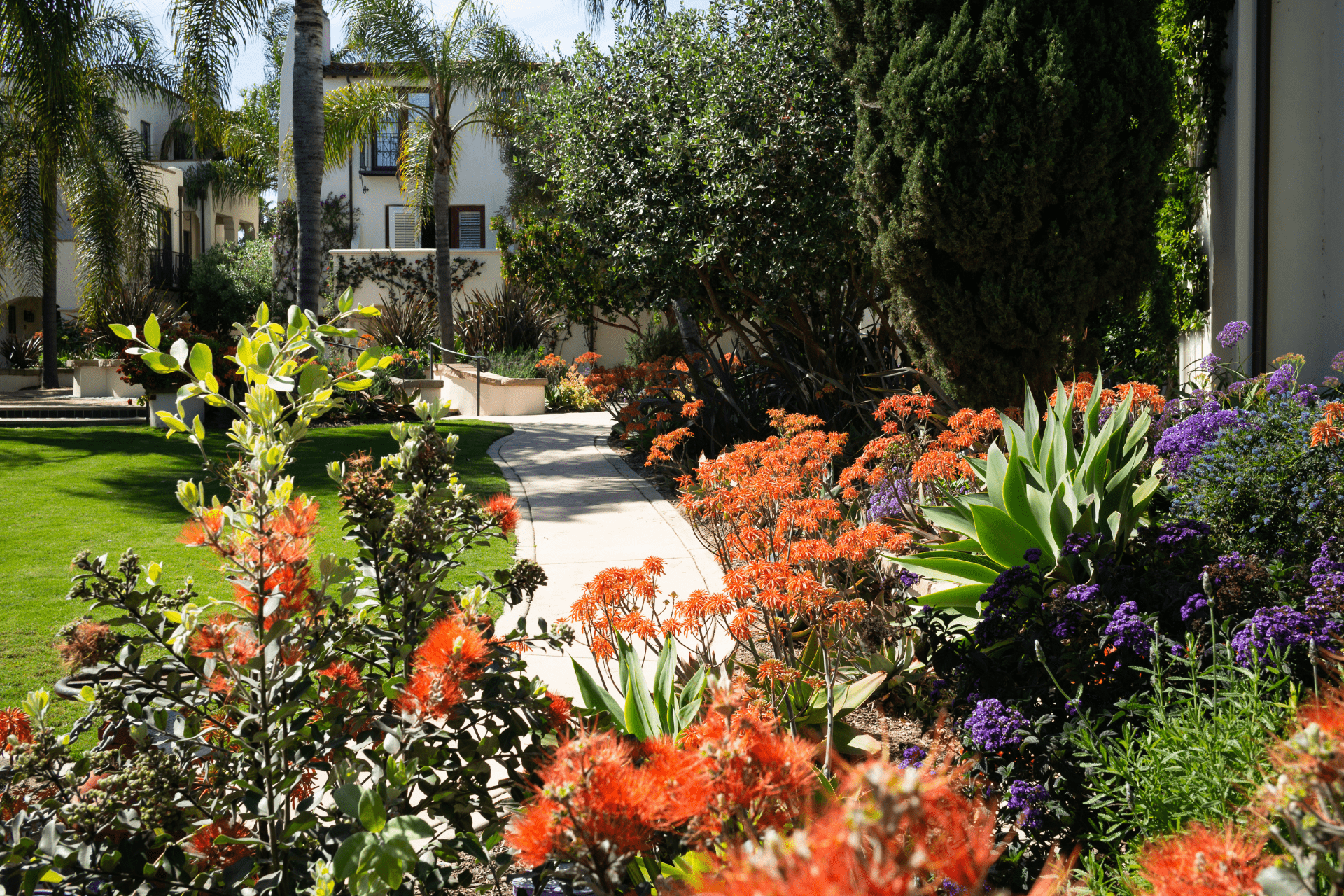

Contact
3917 S Valley Forge Ave Boise, Idaho 83706
Business Hours
Monday - Sunday
6:00 am - 7:00 pm
